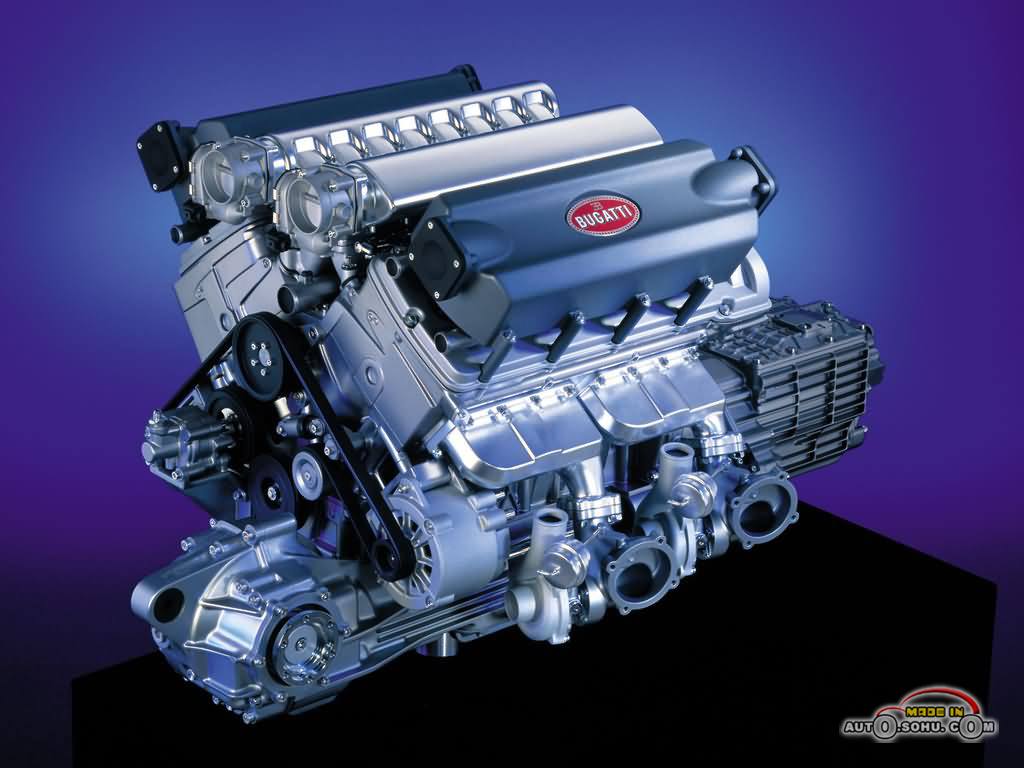Ezra Dyer's 2006 Bugatti Veyron Drive



Great article on the fastest production car in the world:
Former Volkswagen boss Ferdinand Piech goes big or goes home. So when my phone lit up the other day with “The Safety Dance,” Piech’s designated ring tone, I wondered what madness he’d have in mind. Last I’d heard, since he left VW he’d become CEO of a toenail-clipper manufacturer and brought it great profits before commissioning a line of laser-guided, diamond-tipped cuticle files that ultimately drove the company to the brink of bankruptcy. Perhaps now he was working on a bridge to Hawaii or a flying castle. “It’s finished,” he began. “The fastest, most powerful, most expensive car ever. My greatest triumph. I won’t be happy until every writer has driven it, and written the most words ever written about a single model, and applied more hyperbole than has ever been lavished on any car yet created. I still know the man who has the keys to the factory, and I’ve made arrangements for you to drive… the Bugatti Veyron.”
Ah yes, the Veyron. The flagship of all flagships. The sixteen-cylinder supercar conceived with a mission to crack the McLaren F1’s top speed mark. If you’ve followed the Veyron’s gestation, you know its hurdle to greatness has been fraught with hurdles.
The unusual “W” engine configuration, for instance, was reached after several prototypes failed—the smooth-running in-line sixteen presented packaging problems, and the M16 engine suffered insurmountable oiling failures. Then, late one night, Veyron chief engineer Lars Munch had an epiphany: turn the M16 upside down. Thus was born the W16.
Further testing revealed new challenges heretofore unseen in a production automobile. The Bugatti’s engine, for example, creates so much heat that it requires ten radiators, although this is an improvement over early prototypes that required as many as twenty-seven, one of which covered the entire windshield. This was deemed impractical, and while the radiators are now artfully integrated into the bodywork, the Veyron still runs hot, as illustrated when a production Veyron recently caused a nearby Hyundai Elantra to melt. Indeed, rumor has it that cold-weather testing of the Veyron in the Arctic Circle resulted in a ten-percent shrinkage of the ice shelf, and an entire herd of reindeer was rendered sterile.
It’s hard to comprehend how powerful this engine is, but let me put it in terms you can understand. Think of a 500-cc single-cylinder dirt bike. Then double that to a 1000-cc twin sport bike. Then double that to a 2.0-liter, four-cylinder VW Golf. Then double that to a 4.0-liter W8 Passat. Then double that to an 8.0-liter W16. Then double that to a 16.0-liter W32. Then cut that in half again, because now you’ve gone too far. That’s the easiest way to think of the Veyron’s engine: it’s like sixteen dirt bikes all at once. Imagine how fast one dirt bike is, and you’re one-sixteenth to imagining how fast the Veyron goes.
Climb into the Bugatti’s interior and you’re ensconced in luxury unlike that of any other automobile. As opposed to the stark, race-car cockpit you might expect in something with this much performance, the Bugatti instead coddles with doveskin upholstery (cured in butter and figs) and deep carpets that are real llama. Everything in the interior is authentic and of the highest quality. The shifter one-ups the Porsche Carrera GT’s wooden knob with a lacquered bonsai shaft topped by a solid-gold knob with a shift pattern of inlaid narwhal horn. And did you think those toggle switches were made of imitation mummy teeth? Of course not. Customers in this price range would never stand for it.
The Veyron is a dangerous car in the wrong hands. Even highly trained Veyron test drivers have suffered broken noses, crushed lungs, fractured ribs, and diarrhea. And those are the ones who haven’t crashed into anything. Honestly, for a moment I worried that I wasn’t up to the challenge. Then I remembered that I have a degree in English and am therefore qualified to test the limits of a machine that just might go 300 mph. I climbed aboard.
What’s the Veyron like to drive? Here are some performance facts to help tell the story: 0-to-60-to-0 mph can be accomplished while parallel parking. With the traction control switched off, the Veyron will do a four-wheel burnout from rest in seventh gear. It can beat a McLaren F1 to 100 mph—in reverse. At wide-open throttle, the Veyron can suck a bowling ball through the intake and shoot it straight out the exhaust. Above 238 mph, the small elephant that deploys from the roof at 150 mph is again retracted, decreasing drag. If one of the Veyron’s turbochargers fell off, it would still have three.
On the road, stopped school busses become a blurred flash of yellow out of the corner of your eye. Cul-de-sacs shrink. As you push past 180 mph, shopping mall parking lots look like nothing more than people running wildly and throwing bags in the air. It’s divine.
Of course, all this performance isn’t free. I saw a top speed of 254 mph, and at that speed the Bugatti (or, as it’s affectionately nicknamed, the “Buga”) will run out of fuel in twelve minutes, although it also has an economical cylinder-deactivation mode that allows it to run for twenty-four minutes. And the window sticker, which is itself printed on spider silk, is on the steep side at $1.25 million. Options, such as the Swarovski crystal windshield, can drive the price even higher.
Should you buy this car? That depends on your priorities, and some persons of means would rather use that kind of money to buy a nuclear submarine or Canada, to carve their faces into Mount Everest, or to build a floating skyscraper. But for a certain brand of oligarch, tycoon, sheik, emperor, or deranged CEO, only a Veyron will do.














